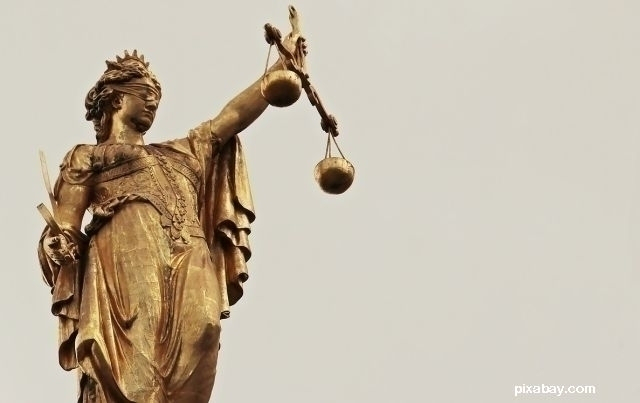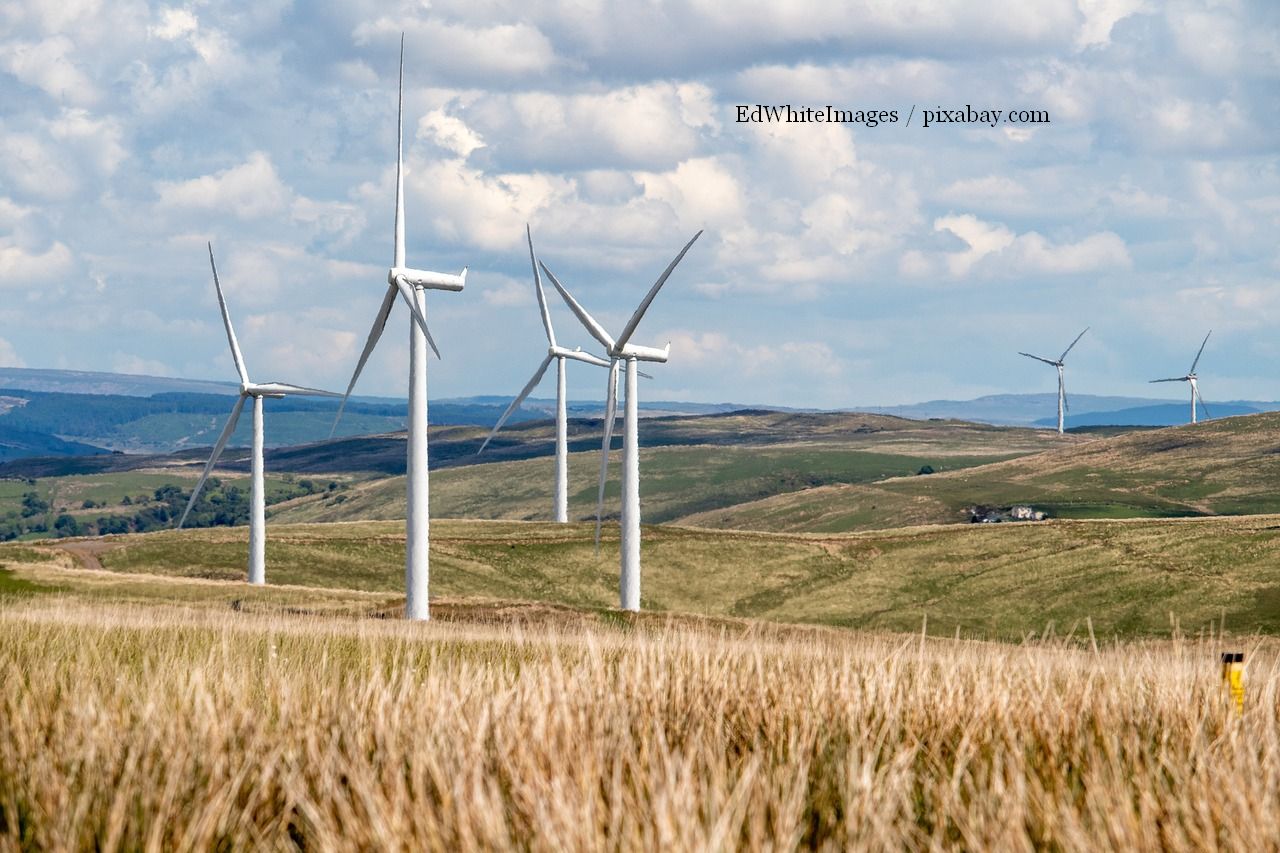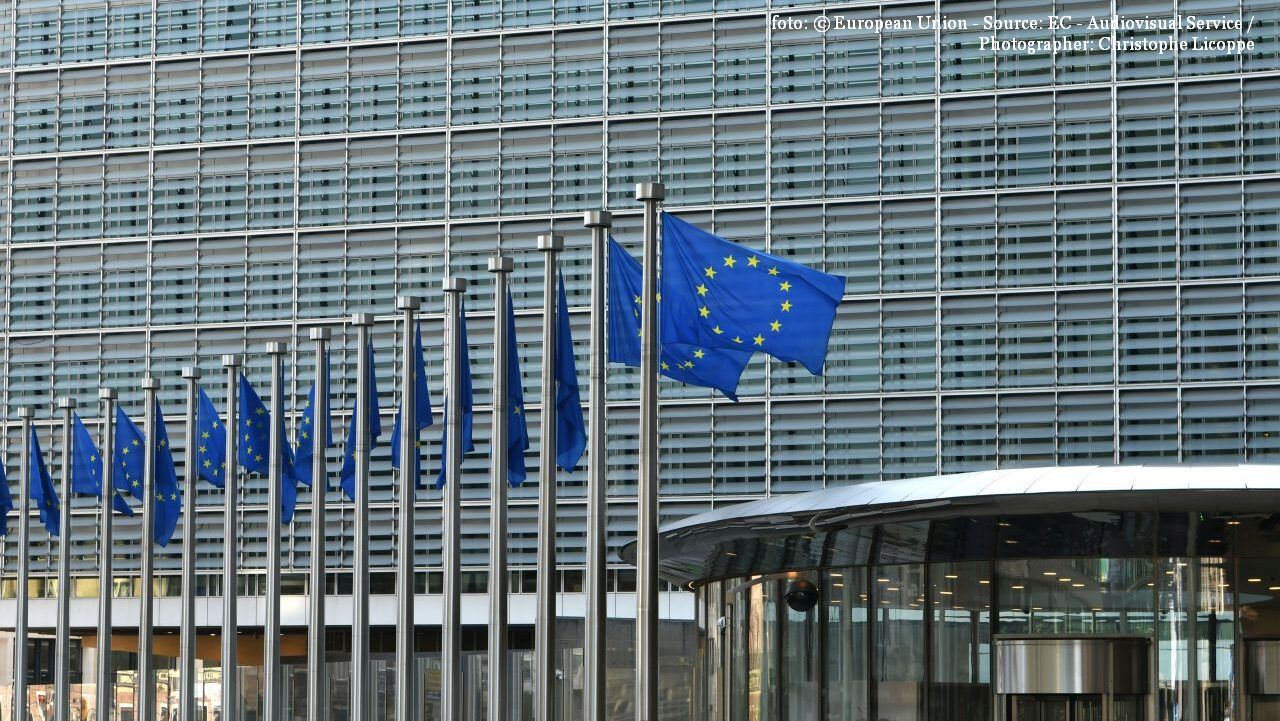The miners’ riot case, back to the Prosecutor’s Office
Thirty years have passed but Romania is yet to clarify the darkest episode in its post-communist history.

Bogdan Matei, 09.05.2019, 13:09
Overshadowed by the EU summit in Sibiu
and the campaign for the European elections on the 26th of May, the
latest developments in the area of the judiciary are no less spectacular. On
Wednesday, the interim prosecutor general Bogdan Licu appealed a Supreme Court
ruling to send back to the Prosecutor’s Office the case of the so-called
miners’ riot of June 1990. Earlier, a preliminary chamber judge from the High
Court of Cassation and Justice has decided to return the case, deeming the
evidence presented as invalid.
Military prosecutors completed
investigations into the miners’ riot two years ago. They indicted 14 persons,
including some high-profile figures such as the former president Ion Iliescu,
the prime minister at the time Petre Roman, his deputy Gelu Voican Voiculescu
and the then director of the Romanian Intelligence Service Virgil Magureanu. They
are accused of masterminding and directly coordinating the assault against the
protesters in the University Square, in the centre of Bucharest, who were
peacefully expressing their political views, views that contradicted those of
the majority in power at the time.
On the 20th of May 1990,
less than five months after the fall of Nicolae Ceausescu’s communist
dictatorship, Ion Iliescu, Ceasescu’s former minister from the 1970s and now
seen as one of the leaders of the revolution, won the country’s first free
presidential elections with 85% of the vote. His party, a heterogeneous mix of
genuine revolutionaries and second-rate communists, also won two thirds of
seats in Parliament.
The University Square, which had
been occupied as early as April by students and proclaimed a neo-communism
free area, had begun to empty, as the protesters were coming to terms with the
severe verdict of the elections. The place once full of tens of thousands of exuberant
and non-violent people was now only home to several dozen people on hunger
strike. On the evening of the 13th of June, the police started to
evacuate them from the square using disproportionate force, which was
reminiscent of the repression during the revolution.
It’s still not clear today if the
people who reacted the next day by engaging in street clashes with the police
and occupying the headquarters of the interior ministry and the public
television station had anything to do with the people who had protested in the
square. Iliescu and his people described them as legionnaires, a term
referring to the Romanian far right during the inter-war years, and, although
the army had already restored order, they called on the population to rescue
the democracy in danger. The miners from the Jiu Valley, in the centre,
responded to the call. They controlled the capital for only two days, the 14th
and the 15th of June, taking the place of any legal authority.
Enough time though to leave behind 1,300 people wounded, more than 1,000
abusive arrests and at least 6 people dead. A vandalised university and
ransacked headquarters of the opposition parties and independent newspapers
complete the picture of the invasion.
Five years ago, the European Court
of Human Rights ruled that Romania was to continue investigations into the
case, while the former prosecutor general Laura Codruta Kovesi admitted that
the inquiry into the miners’ riot was one of the biggest dissatisfactions in
the entire history of the public ministry.






























